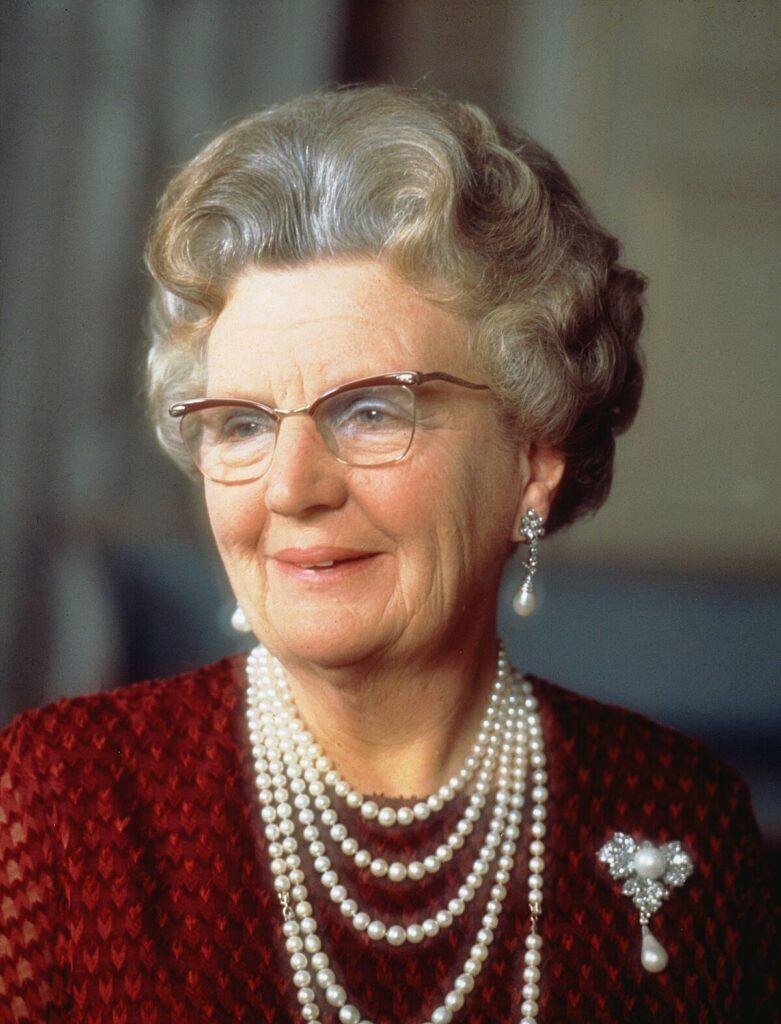Vaslav Nijinsky
Vaslav Nijinsky (born 1889 or 1890 in Kiev, then part of the Russian Empire—died April 8, 1950, in London, England) was a Russian-born ballet dancer whose legendary talent and gravity-defying leaps redefined the art of dance. Renowned for his technical brilliance and emotional depth, Nijinsky remains one of the most celebrated and enigmatic figures in the history of ballet.
Early Life and Training
Nijinsky was born into a family of professional dancers. His parents, Thomas Laurentiyevich Nijinsky and Eleonora Bereda, were both accomplished performers who toured with their own dance troupe across the Russian Empire. Growing up in a household steeped in dance, Nijinsky showed remarkable talent from an early age. He spent much of his childhood in the Caucasus, where he performed alongside his brother Stanislav and sister Bronisława. Recognizing his son’s exceptional abilities, Nijinsky’s father began teaching him the foundations of classical dance.
Rising Star at the Mariinsky Theater
Nijinsky’s formal dance training culminated with his graduation in 1907, after which he immediately joined the prestigious Mariinsky Theater in St. Petersburg as a soloist. He made his debut in the ballet La Source, partnered with the ballerina Julia Sedova, and was met with thunderous applause from audiences and critics alike. His magnetic presence and flawless technique quickly made him a standout performer.
During his years at the Mariinsky, Nijinsky danced with some of the greatest ballerinas of the era, including Mathilde Kschessinskaya, Anna Pavlova, and Tamara Karsavina. He played leading roles in renowned ballets such as Giselle, Swan Lake, The Sleeping Beauty, Chopiniana, and Ivanotschka. His portrayal of the noble male dancer, or danseur noble, captivated audiences in both St. Petersburg and Moscow, where he also performed regularly at the Bolshoi Theater.
Breakthrough with the Ballets Russes
In 1909, Nijinsky joined Serge Diaghilev’s newly formed Ballets Russes, an avant-garde dance company that would revolutionize ballet for the modern era. Under the direction of choreographer Michel Fokine, ballets such as Le Spectre de la rose, Petrushka, and Schéhérazade were created specifically to showcase Nijinsky’s talents. His mesmerizing stage presence, expressive movement, and athletic prowess became central to the company’s growing acclaim across Europe.
Nijinsky the Choreographer
Not just a dancer, Nijinsky also made a bold mark as a choreographer. His debut work, L’Après-midi d’un faune (Afternoon of a Faun), premiered in 1912 and shocked audiences with its innovative, angular style and sensual narrative. But it was his 1913 ballet Le Sacre du printemps (The Rite of Spring), set to Igor Stravinsky’s radical score, that truly upended expectations. Its raw, primal energy and revolutionary choreography provoked riots at its Paris premiere but has since become one of the most influential works in modern dance history.
Legacy
Though Nijinsky’s performing career was tragically short—cut down by the onset of mental illness in the early 1910s—his impact on the world of ballet endures. He brought a new emotional intensity and daring vision to the stage, expanding what was possible in both performance and choreography.
Vaslav Nijinsky passed away on April 8, 1950, in London, but his influence lives on. He is remembered not only as a dancer of unmatched brilliance but also as a groundbreaking artist who changed the course of dance forever.




















